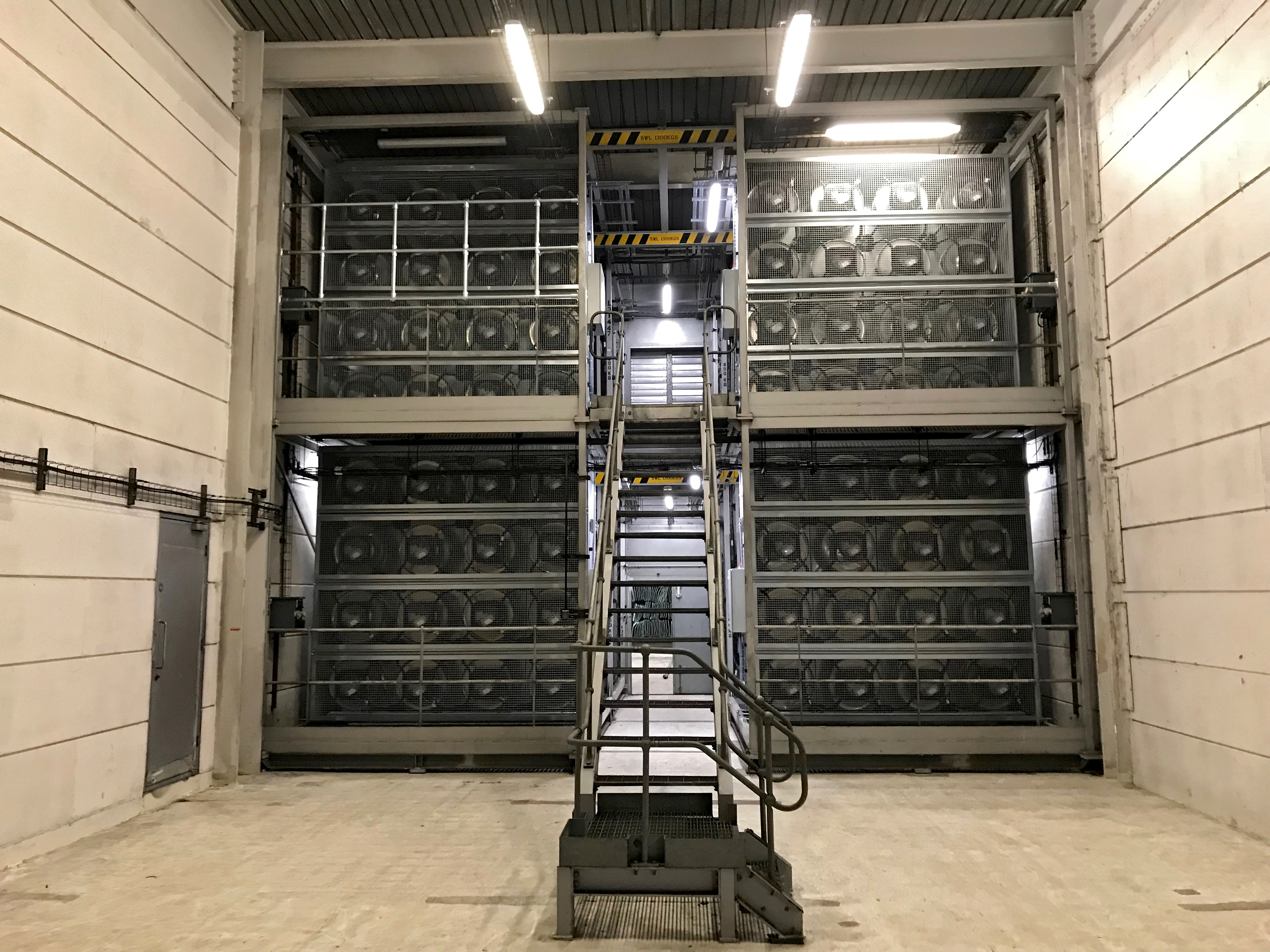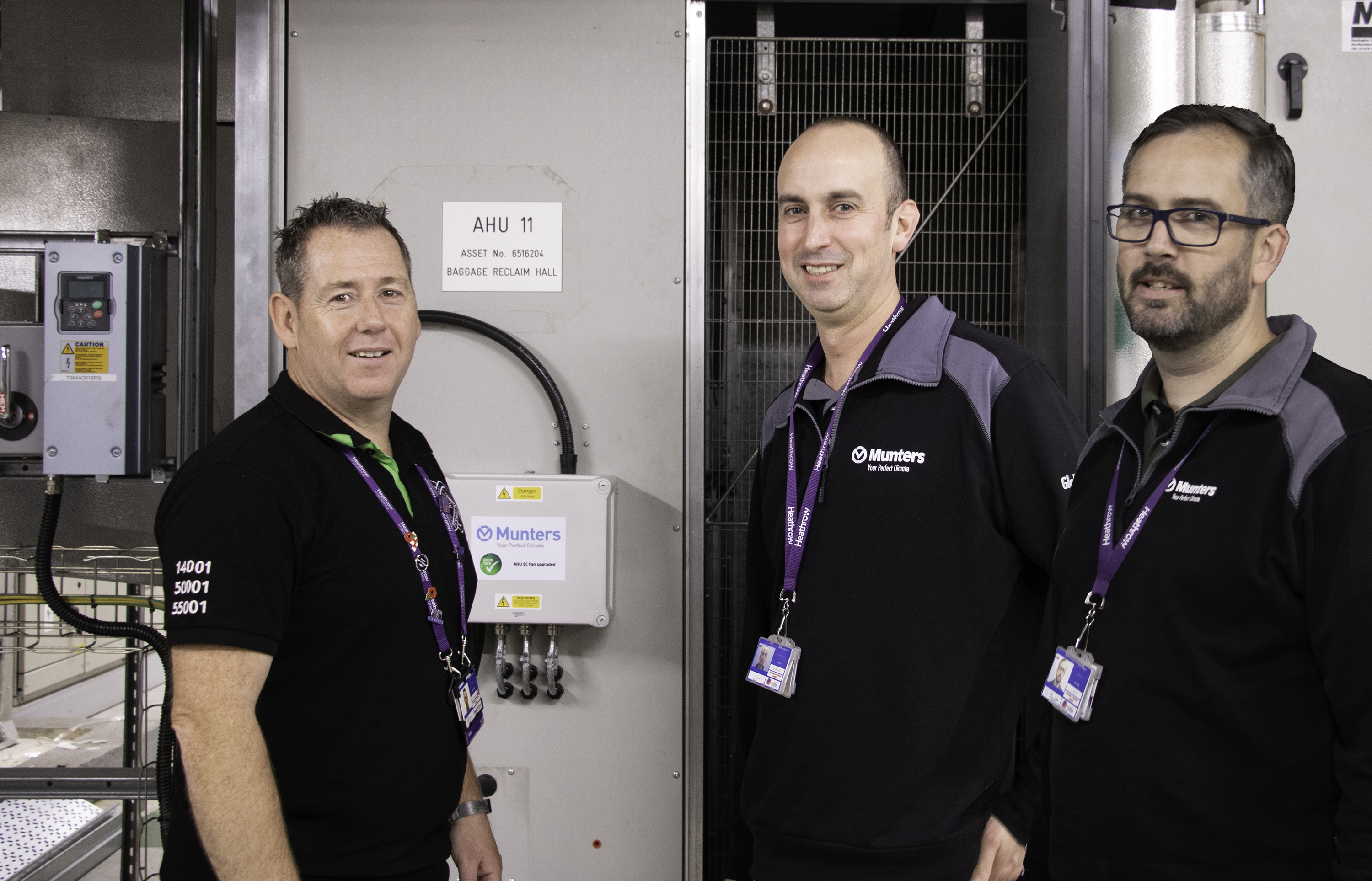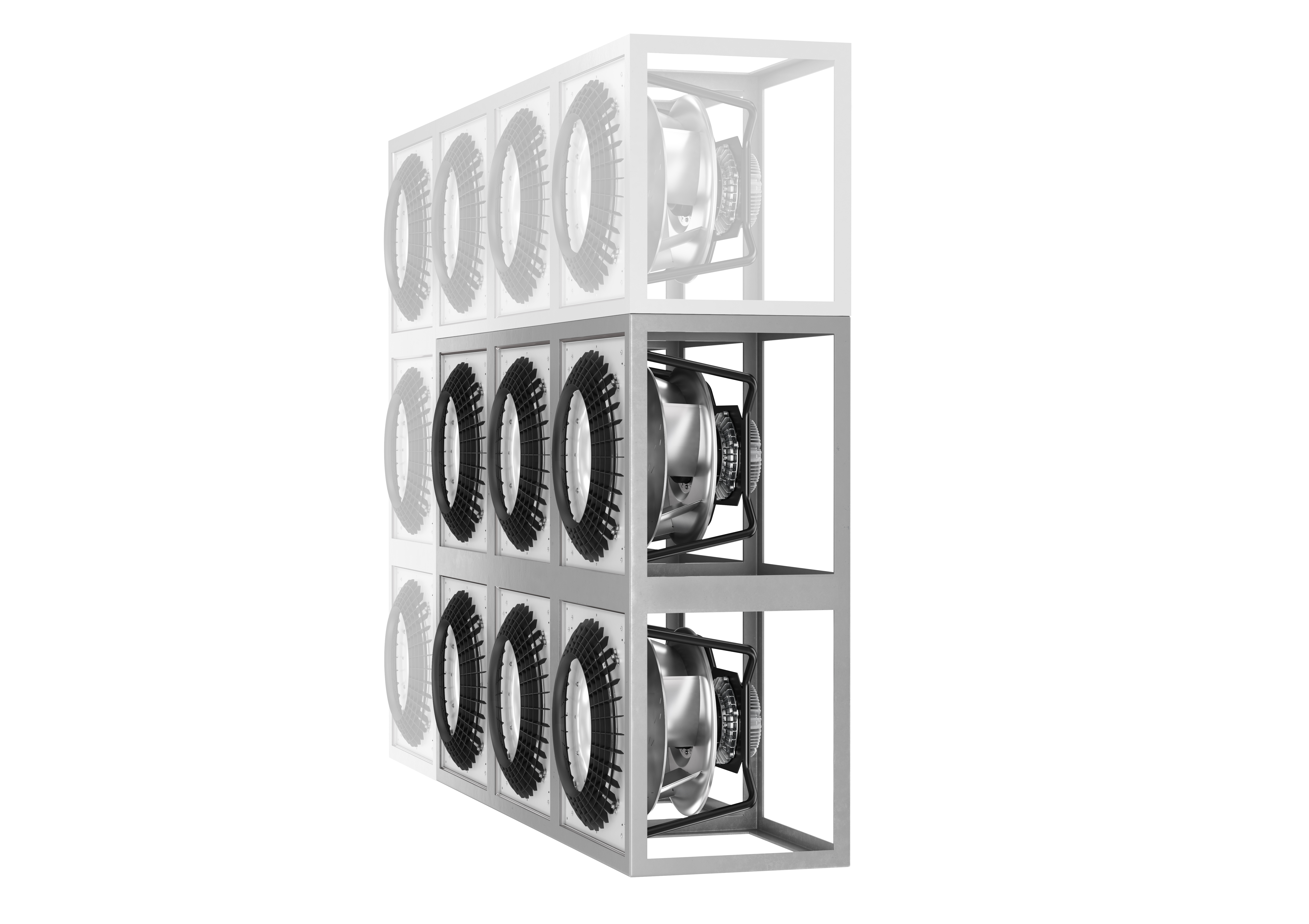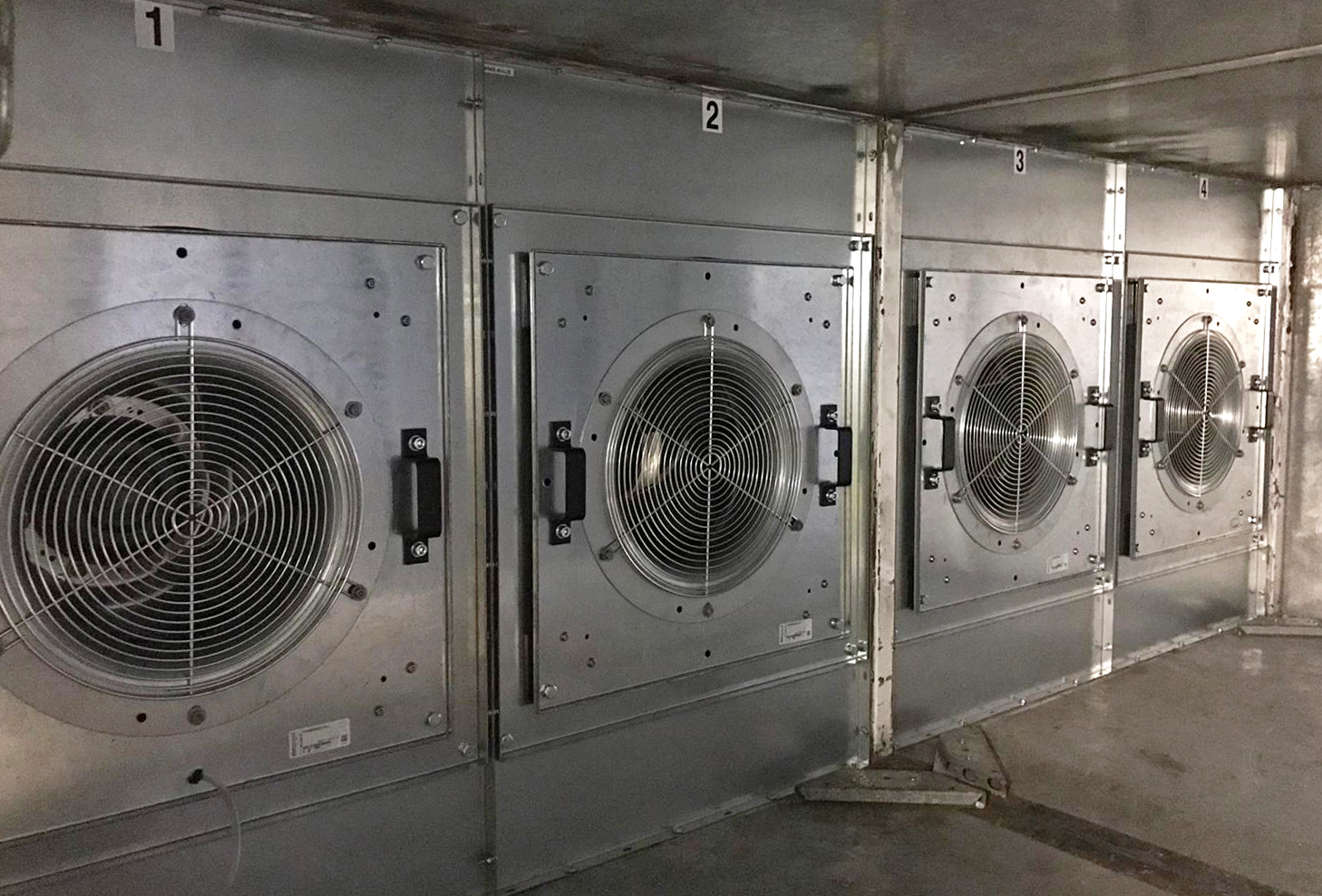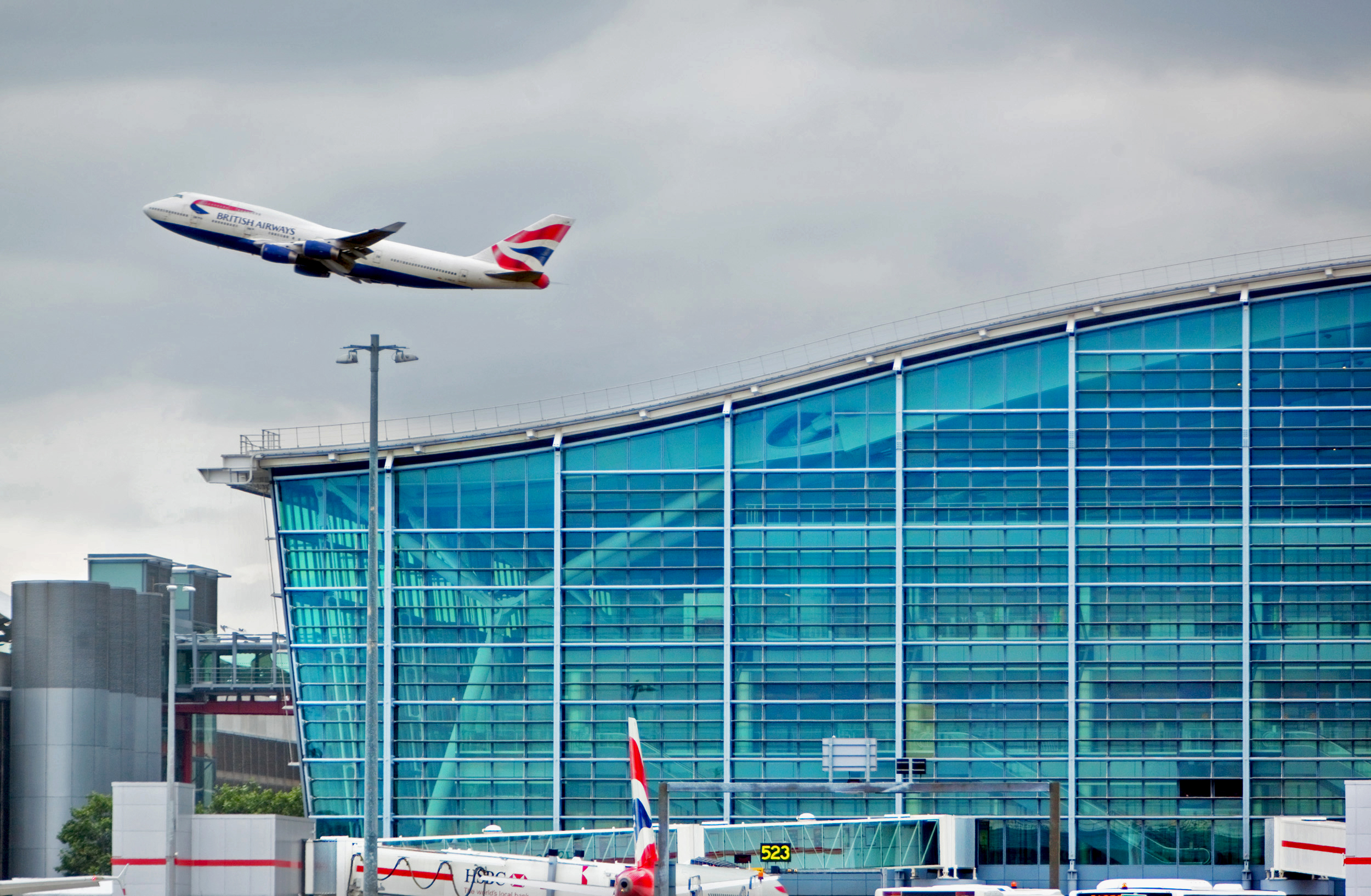With more than 80 million passengers in 2018, Heathrow Airport serves more passengers than any other airport in Europe. Heathrow has a goal to operate as a ZERO carbon airport (you cannot remove the word “infrastructure” here. There is no chance that you can operate an airport with a “ZERO carbon” goal- but the goal can be valid for the infrastructure) by 2050. Such an ambitious goal for reducing carbon impact calls for serious energy saving initiatives. Operating four large passenger terminals, covering almost 600,000 m2, the amount of energy used for creating a comfortable indoor climate for passengers, shopkeepers and employees is massive. Energy Project Manager, Andy Dobbs, is responsible for energy saving projects related to all HVAC installations in the terminals. Since 2016 Andy Dobbs has been working with Munters’ climate control specialists on an extensive energy saving upgrade of terminal air-handling equipment.<br><br> <b>View case study video from Heathrow Airport here:</b> <iframe width="560" height="315" src="https://www.youtube.com/embed/Aa-GhwqsdY4" frameborder="0" allow="accelerometer; autoplay; encrypted-media; gyroscope; picture-in-picture" allowfullscreen></iframe>
Kjappe fakta
- AHU energy consumption reduced by 30-60%
- ROI (Return on Investment) in less than three years
- Improved air supply reliability and flexibility
- Less maintenance
- Reduced need of spares in stock
- Reduced noise and vibration level
Munters upgrade provides many benefits
On top of the enormous amount of energy saved, Heathrow also recognizes a number of other benefits, important for daily operations and passenger comfort. Improved reliability: compared to a conventional AHU fan motor, a fan wall configuration provides both resilience and improved reliability. If one fan breaks down, a strong airflow will still be maintained by the other fans, avoiding emergency situations. Less maintenance: since the EC fans are 100% maintenance-free, the fan wall solution will save maintenance costs like bearing lubrication and V-belt replacement. Reduced need of spare parts stock: no need to stock different types of bearings and V-belts that fit the different AHUs. For Heathrow this means big savings since now they are only stocking two small EC fans compared to holding a huge stock of different V-belts, bearings etc. Reduced noise and vibration levels: for technical staff working in the plant rooms, the reduction in noise levels are significant and even passengers in the terminal may experience both lower noise and vibration levels thanks to the smooth and silent operation of the EC fans. Huge project with quick ROI A bearing break-down in one of the AHU axial fans initiated the T5 upgrade project. To replace the big fan would be almost an impossible task since the AHUs are situated five stories down and are very complicated with limited access. Munters was asked to design an upgrade solution and provided Heathrow with a quotation for a project replacing the four big axial fans with four fan walls, each consisting of 16 small EC fans. Based on data loggings and thorough energy calculations, Munters was able to predict energy savings that would provide a return on investment (ROI) in less than 2 ½ years. The limited and restricted access in addition to the logistic challenges from working in a plant room five stories down, implied a lot of extra work for waste removal. This changed the ROI to less than three years, which was still a great result for Heathrow. Munters understood and met Heathrow’s needs The upgrade project was led by Munters’ Project Manager Chris Stead, who had a pivotal role in the thorough planning. Heathrow’s biggest concern was passenger comfort, and Chris Stead worked out a detailed plan on how to remove one fan at a time so they would maintain sufficient airflow during the upgrade process, and not impact passengers comfort. Andy Dobbs trusted Munters to take project lead, which took place in night shifts over a two month period, thus avoiding any negative impact on airflow for the passenger terminal during daytime. After the successful completion of the project, continuous data logging has verified the calculations, and in total the T5 project saves Heathrow no less than 1.5 GWh per year. The four impressively big fan walls provide an air flow of 920,000 m3/h, might very well be the biggest fan wall in the world.
Kjappe fakta
- AHU energy consumption reduced by 30-60%
- ROI (Return on Investment) in less than three years
- Improved air supply reliability and flexibility
- Less maintenance
- Reduced need of spares in stock
- Reduced noise and vibration level
